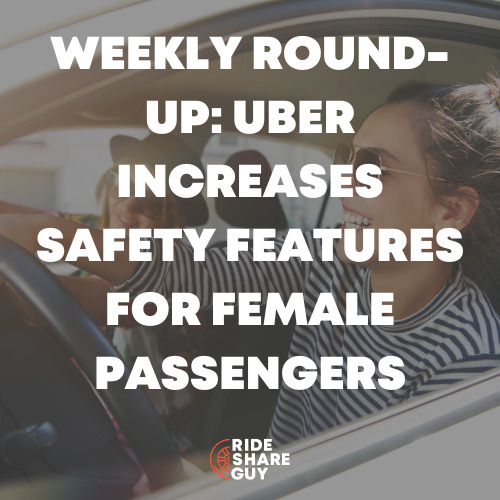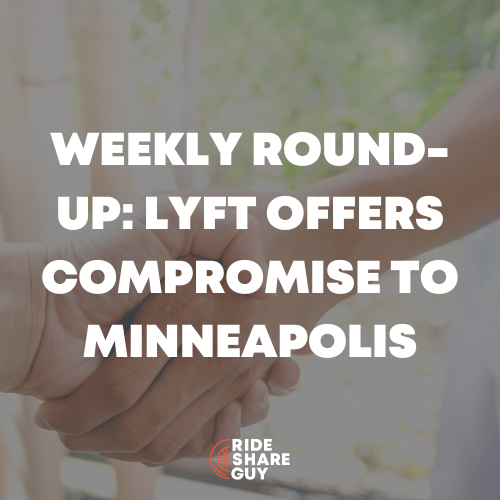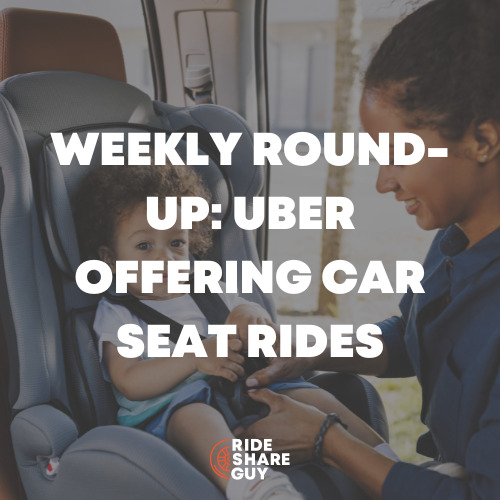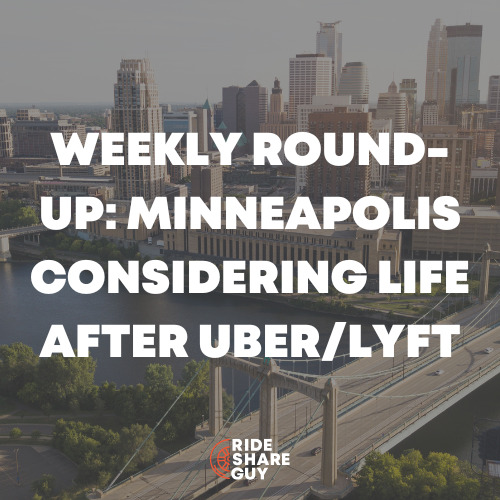Uber is serious about their commitment to the environment, and has set three aggressive goals.
- Uber will be green, carbon neutral by 2030 in North America.
- Uber will be green, carbon neutral by 2040 in the rest of the world.
- Uber Eats will be carbon neutral by 2040.
Perhaps this is one reason Uber is doing so well while Lyft struggles, Uber has a vision.
Most people on this planet want to keep the planet clean and habitable. The more Uber talks about becoming a green company and takes substantive steps towards achieving their goals, the more people like you and me want to support them.
In this article, I will share all of Uber’s strategies to achieve their results. I will also let you know if these policies will impact drivers and how we earn a living.
Background
Less smog, fewer fires, fewer cars on the road, all of this is great. I don’t think anyone, even climate deniers, wouldn’t like these things.
Clean is better than dirty, fast is better than slow, whole is better than burnt. I feel good about driving for Uber when Uber keeps promoting their 2030 and 2040 carbon-neutral goals.
I was particularly disappointed when Lyft announced they would not add their shared carpool product to the mix. While slightly less convenient, the shared ride that Uber offers is a very potent way to reduce carbon emissions and cars on the road.
But this article is about Uber, let’s jump in and look at the components of their initiatives.
Uber’s Initiatives & How they Plan to Achieve Them
Uber has three significant sustainability initiatives:
- To be carbon neutral in North America and Europe by 2030
- To be carbon neutral globally by 2040.
- To make Uber Eats (800,000 restaurants globally) carbon neutral by 2040
The following features were announced at a recent event in London.
Now let’s look at how Uber will try to achieve these ambitious goals:
1. Electric Vehicles (EVs)
Uber’s EV options: Comfort Electric and Uber Green. Only newer premium 100% Electric Vehicles qualify for Uber’s Comfort Electric.
According to Uber, the service is now available in the following cities:
Atlanta, Austin, Baltimore-Maryland, Boston, Charlotte, Chicago, Connecticut, Dallas, Denver, Detroit, Houston, Indianapolis, Jacksonville, Las Vegas, Los Angeles, Miami, Minneapolis, Nashville, New Orleans, New Jersey, NYC Suburbs, Orlando, Palm Springs, Philadelphia, Phoenix, Pittsburgh, Portland, Sacramento, Salt Lake City, San Antonio, San Diego, San Francisco, Seattle, St. Louis, Tampa Bay, Vancouver (Canada), and Washington, DC.
Drivers are incentivized to provide Comfort Electric service with up to $ 4,000 in bonus money.
“Drivers eligible for Uber Comfort Electric can earn more per hour as a result of higher fares, gas savings, and an extra $1-per-trip incentive¹ for each trip they complete (up to $4,000 annually). With an electric vehicle, drivers can also say goodbye to gas. Drivers using Uber get access to exclusive discounts on home charging options and public charging like exclusive EVgo² discounts and others, which help to boost gas savings.”
The task of transitioning hundreds of thousands of Uber drivers to EVs won’t be easy, considering EVs’ upfront costs and the drivers’ status as independent contractors.
Currently, 60,000 drivers are already driving electric in North America and Europe. You can see how Uber tries to make the greener option as advantageous as possible.
I have taken a few Ubers in Sacramento and was picked up in a Tesla both times. Uber makes renting a Tesla easy, albeit a bit pricey, at approximately $300 per week. You would need to be driving full-time to make that work.
Uber also announced an innovative feature that reveals the amount of emissions avoided by choosing EVs, providing passengers a pat on the back for their eco-conscious decision.
An upcoming feature based on machine learning will advise EV drivers on the optimal time and location to charge their vehicles.
2. Battery-Aware Matching
The Battery-Aware Matching feature will also ensure that drivers receive trip requests only for journeys they can complete (so they don’t run out of juice) according to battery level or that end near a charging point where they can top up.
3. Green Curbs
Uber is setting up dedicated pickup zones for EVs at select airports, offering drivers discounted or free charging.
If you want to pay extra for the green option, you will be rewarded with easier pickup.
Airport trips make up about 15% of Uber’s business and tend to be longer than the average ride and therefore have a greater impact on the environment.
4. Sustainable Packaging with Uber Eats
A new feature will enable customers to search for restaurants offering sustainable packaging initially available in select cities. Again, users will no doubt pay a slight premium, but you can eat your food knowing you contribute to reducing carbon emissions.
5. Carpooling
Its rebranded carpooling service, UberX Share, is extending to more cities globally. It allows passengers to share a ride on the way to their destination.
This will definitely help to take cars off the road. The fee for the rides is roughly 20% cheaper. The additional time in the car is targeted at no more than eight minutes.
However, in my experience doing thousands of these rides pre-pandemic when it was called UberPool, it is very difficult to control how long passengers have to wait for other passengers to get to the car, and traffic can often cause delays.
But if you have time and don’t mind having a bit of a chat, the UberX Share may be for you.
6. Car-Sharing
Expanding its partnership with bike-sharing services and relaunching its car-sharing service, Uber aims to reduce car ownership.
Uber has seen the success of car-sharing company Turo and has it in its sites. Soon you can make your car available for rent through your Uber passenger app.
Let’s say you are taking a weekend trip to Mexico. During the weekend, people could pay you to use your car.
Since Uber’s app is so dominant, this will certainly be a profitable addition to Uber’s suite of products.
How Does This Affect Drivers?
It really doesn’t, not yet. You can still drive a gas-guzzling beast. When I first started driving, the best I could drive was a Toyota Prius.
It is a hybrid, and it got 50 mpg, now it seems everyone is driving a Tesla or another brand’s EV.
Passengers can pay a little extra to get a green car, and drivers can make a little more money.
Drivers are incentivized in many ways to drive an EV. We don’t have to drive an EV, or in my case, a hybrid, but as time passes, more drivers will.
Key Takeaways
I love it, I am very happy to work in an industry trying to make the planet green and less polluted.
Bravo to Uber for making several massive commitments. While Uber has been my arch enemy while they slash my pay year after year, I do have to give them a tip of the hat for their green initiatives.
As drivers, we can get on board and drive an EV. It’s up to each one of us to decide how we want to conduct ourselves in this time of global climate uncertainty.
I’m happy to be driving my 2017 Honda Accord Hybrid. No doubt, my next car will also be a hybrid. I will make the move when the EV technology allows me to drive 500 miles without a charge.
Until then, I will drive my hybrid, use my coffee mug at Starbucks, and save a few branches.
Be safe out there.




